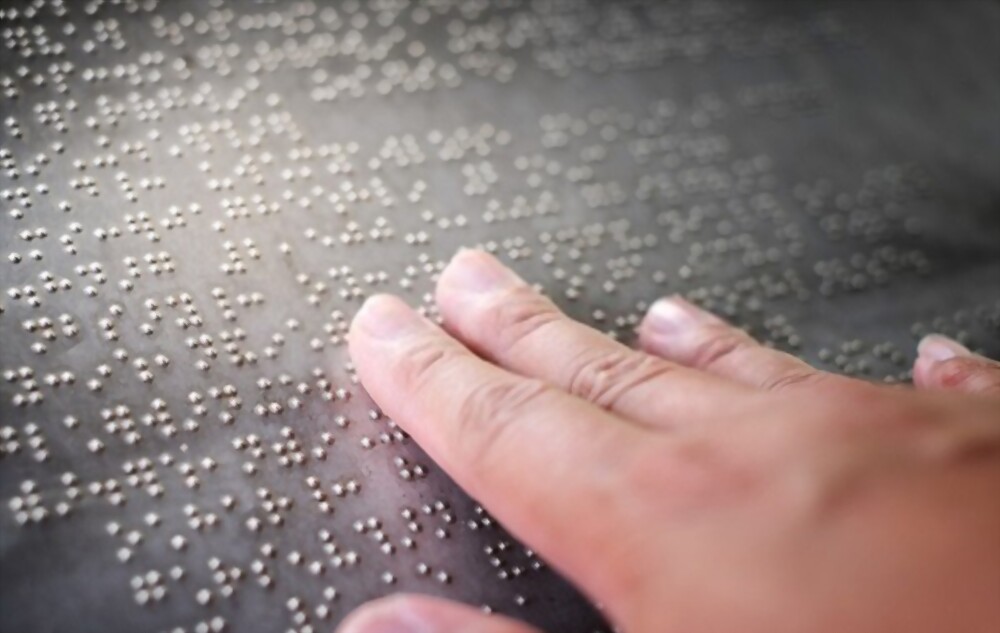Empowering the Future: A Guide to Teaching Braille to Children
Braille is a system of raised dots that can be felt by touch and used to read and write. It is the primary means of written communication for individuals who are visually impaired or blind. Learning braille can help children with visual impairments improve their literacy and independence, and increase their opportunities for education and employment.
When to Teach Braille:
It is recommended that children with visual impairments begin learning braille as early as possible, ideally between the ages of 3 and 5. This is because the earlier a child begins to learn braille, the easier it will be for them to develop reading and writing skills that are essential for success in school and later in life.
Tools and Resources:
1. Braille Books: Braille books are a valuable resource for children who are learning braille. There are a variety of braille books available, including storybooks, textbooks, and activity books.
2. Braille Writers: Braille writers are machines that produce braille. They come in various forms, including manual and electronic braille writers.
3. Braille Displays: Braille displays are electronic devices that convert text into braille. They are used in combination with a computer or smartphone and can be especially useful for students who need to take notes or write essays.
4. Braille Embossers: Braille embossers are printers that produce braille on paper. They are useful for producing braille materials for home or school use.
5. Braille Tutors: Braille tutors are interactive devices that help children learn braille. They come in various forms, including touch-screen devices and computer software.
6. Braille Learning Apps: There are many braille learning apps available for mobile devices. These apps can be an effective and convenient way for children to learn and practice braille.
Books and Providers:
1. American Printing House for the Blind (APH): APH is the largest non-profit organization that provides braille books, technology, and other resources for individuals who are visually impaired or blind.
2. National Braille Press (NBP): NBP is a non-profit organization that provides braille books and other resources for individuals who are visually impaired or blind.
3. Braille Institute: Braille Institute is a non-profit organization that provides braille books, technology, and other resources for individuals who are visually impaired or blind.
Here are some practical examples and ways you can utilize to help teach your children:
1. Encourage your child to read braille books: Encourage your child to read braille books on a regular basis. This will help them develop their reading skills and improve their confidence.
2. Practice writing in braille: Encourage your child to practice writing in braille using a braille writer or braille display. This will help them develop their writing skills and improve their ability to communicate in braille.
3. Use technology: Utilize technology, such as braille learning apps, to make learning braille more engaging and interactive for your child.
4. Seek assistance from professionals: If your child is struggling with learning braille, seek assistance from professionals, such as braille teachers or rehabilitation specialists. They can provide additional support and resources to help your child succeed.
Teaching a child braille is an important step in helping them achieve literacy and independence. By providing access to resources and encouraging regular practice, parents can help their child develop their braille skills and reach their full potential.




Comments
Post a Comment